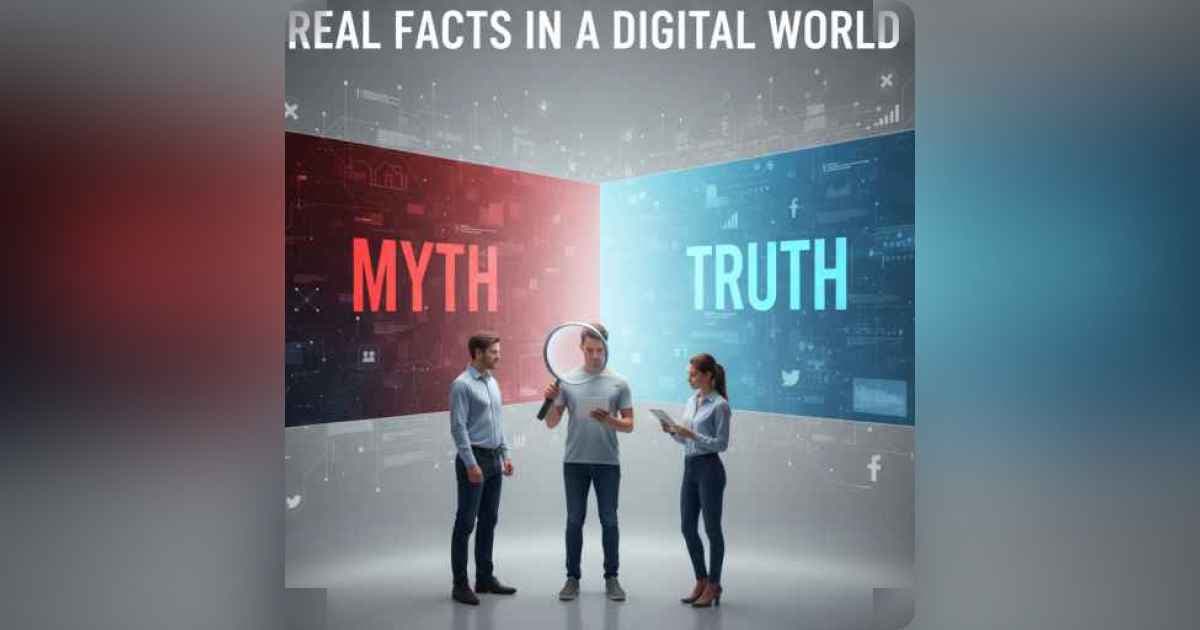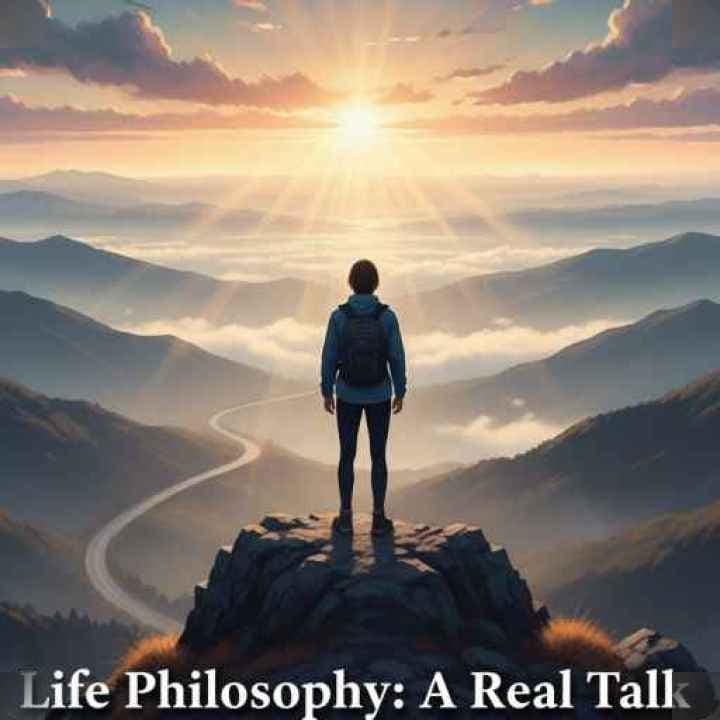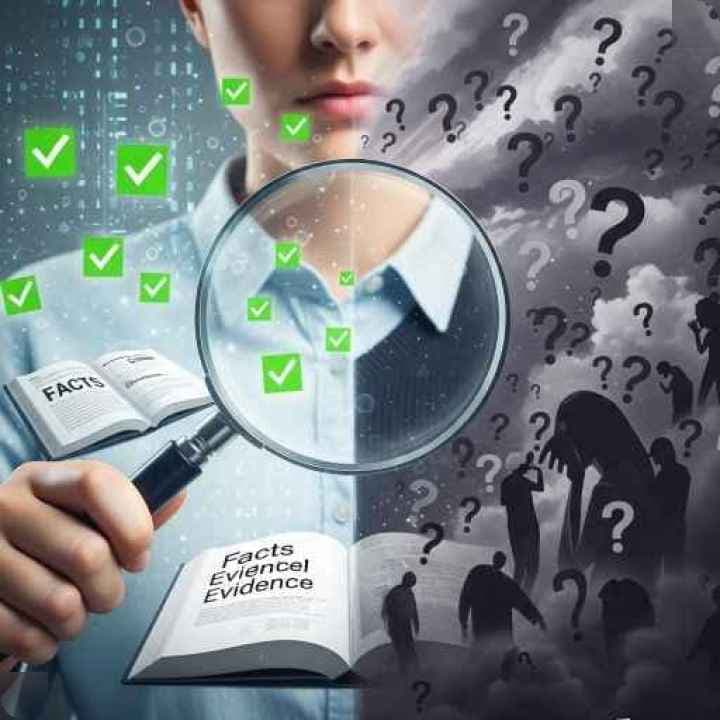
Truth vs. Myth: How to Tell Facts from Fiction in a Misinformation Age
Learn how to separate truth from viral myths and make informed choices in the digital world.
In today’s hyperconnected world, information spreads faster than ever but not all of it is true. Whether it’s a viral tweet, a sensational headline, or a misleading YouTube video, misinformation shapes opinions, sparks fear, and divides communities.
The line between truth and myth is often blurred and knowing how to spot the difference is now an essential life skill.
This article dives deep into how to recognize misinformation, why people fall for myths, and practical ways to fact-check in a world overflowing with digital noise.
The Psychology Behind Believing Myths
Before we learn how to fight misinformation, we need to understand why we believe it.
Our brains are wired to look for patterns and confirmation. When we read something that aligns with our beliefs, it feels right even if it’s wrong. This is called confirmation bias, and it’s one of the strongest psychological forces driving misinformation.
For instance, during health crises or social unrest, fear amplifies false information. People share dramatic stories to make sense of uncertainty. Unfortunately, this emotional sharing fuels the very myths they hope to debunk.
Common Myths and Their Real-World Consequences
1. Health Myths
False health claims can cause real harm. For example, misinformation about hygiene or products can create unnecessary panic.
Read this real-life case: DermaRite Hand Soap Recall 2025 – Safety Alert for Consumers to see how truthful reporting protects public safety.
2. Digital Myths
Online influencers often spread “digital delusions” about success, money, or wellness.
Explore: Digital Delusion: The Myths Keeping You Stuck Online it reveals how distorted narratives shape unrealistic expectations.
3. Emotional Myths
Sometimes, protecting our peace turns into emotional avoidance, where we disconnect rather than deal with truth.
Check: When Protecting Your Peace Becomes Emotional Avoidance a thoughtful read on emotional awareness versus denial.
Truth vs. Myth: The Digital Dilemma
The internet is a powerful tool, but it’s also a breeding ground for myths. From edited photos to fabricated “expert quotes,” misinformation thrives on speed and emotion.
Today, most falsehoods are spread unintentionally by well-meaning people who don’t pause to verify. Social platforms reward speed, not accuracy, which means misinformation can travel halfway around the world before the truth even logs in.
That’s why cultivating digital literacy is essential.
5 Signs You Might Be Reading a Myth, Not a Fact
- The source is unclear or anonymous.
- Always check if the article lists the author, publication, and date.
- It triggers strong emotions.
- Fear and outrage are tools of manipulation pause before sharing.
- The headline makes extreme claims.
- “Shocking!” and “Unbelievable!” are red flags for sensationalism.
- No supporting evidence or citations.
- Legitimate news includes data, studies, or expert quotes.
- It appears only on social media, not trusted outlets.
- Cross-verify with reliable publications or fact-checking sites.
How to Identify Truth vs. Myth Online
Separating truth from myth isn’t just about skepticism it’s about smart verification.
Below are three actionable steps you can take every time you read something that feels “off.”
1. Check the Source Credibility
Before trusting any piece of content, look at who published it.
- Is the domain legitimate? (.gov, .edu, or known media outlet?)
- Is the author a verified expert?
- Does the article include a publication date?
Legitimate journalism usually includes transparency about sources, whereas false claims thrive on anonymity.
2. Cross-Verify with Reliable Sources
Compare the same news across multiple outlets.
If reputable platforms like Reuters, AP News, or BBC aren’t covering it, be cautious.
Use fact-checking tools like Snopes, FactCheck.org, or Google Fact Check Explorer for fast validation.
For instance, in Unlocking Creativity: A Real-Life Story of Motivation and Problem Solving, critical thinking was key to finding truth just like it is in digital verification.
3. Look for Emotional Manipulation
If a post provokes strong feelings fear, anger, or joy it’s likely designed for virality, not accuracy.
Pause, breathe, and fact-check before reacting. Emotionally charged misinformation is the most contagious kind.
The Role of Creativity and Reflection in Finding Truth
Critical thinking and creativity go hand in hand. When you reflect on what you read, question assumptions, and embrace stillness, you create mental space to process information logically.
You can read about how self-reflection leads to clarity in Truth vs. Myth: Facts & Fiction Guide a great complement to this topic.
The Real Cost of Misinformation
The biggest danger of misinformation isn’t just believing something false it’s losing trust in everything.
When people start doubting all media, experts, and facts, it creates social paralysis. That’s why truth literacy is more vital than ever it empowers individuals to make informed decisions rather than emotional reactions.
Quick Recap: Truth vs. Myth Checklist
✅ Verify the author and source credibility.
✅ Cross-check facts with at least two reliable outlets.
✅ Watch for emotional triggers or extreme claims.
✅ Look for data, citations, or expert evidence.
✅ Pause before sharing any sensational content.
FAQs: Understanding Truth vs. Myth
1. How can I tell if an online story is fake?
Check the source, verify author credentials, and cross-reference with at least two reputable outlets. Use tools like Snopes or FactCheck.org for quick validation.
2. Why do people believe myths online?
Because misinformation triggers emotion and confirms biases it feels right even when it’s wrong.
3. What are the best fact-checking tools?
Try Snopes, FactCheck.org, and Google Fact Check Explorer they specialize in verifying viral claims.
4. What if my friends keep sharing false stories?
Share verified sources respectfully. Avoid shaming focus on awareness and education.
5. How can I build a healthy digital routine?
Limit exposure to sensational news. Follow fact-based journalism, and reflect before reacting or reposting.
Conclusion: Choose Truth Over Clickbait
The battle between truth and myth is not about intelligence it’s about awareness.
In a world filled with noise, slowing down, questioning, and verifying information is a quiet act of rebellion and wisdom.
Whether you’re scrolling social media or reading news, remember: truth takes time but it’s worth the effort.
How-To Schema Summary
Name: How to Identify Truth vs. Myth Online
Description: Learn to verify online information using smart fact-checking and critical thinking.
Steps:
- Check the Source Credibility
- Cross-Verify with Reliable Sources
- Look for Emotional Manipulation
FAQ Schema Summary
Q1: How can I tell if an online story is fake?
A1: Check sources, verify authors, and cross-reference with trusted outlets.
Q2: Why do people believe myths online?
A2: Because myths often appeal to emotions and confirmation bias.
Q3: What are the best fact-checking tools?
A3: Snopes, FactCheck.org, and Google Fact Check Explorer.





